Topic 2, also known as the Training Cohort, of the Energy I-Corps (EIC) program includes a 2-month immersive training curriculum to investigate the market potential and accelerate the commercialization of new technologies developed by participating teams. Cohort 21 comprises 12 teams from Idaho National Laboratory (INL), National Renewable Energy Laboratory (NREL), Oak Ridge National Laboratory (ORNL), Pacific Northwest National Laboratory (PNNL), Sandia National Laboratories (SNL), and Y-12 National Security Complex (Y-12).
The opening session for EIC Cohort 21 will be held in Colorado on Sept. 2-5, 2025, and the closing session will be held Nov. 3-7, 2025, in Washington, D.C. Learn more about selected teams and projects for FY26 (Fall) Topic 1: Pipeline Development and Topic 3: Post Energy I-Corps.
Teams and Technologies
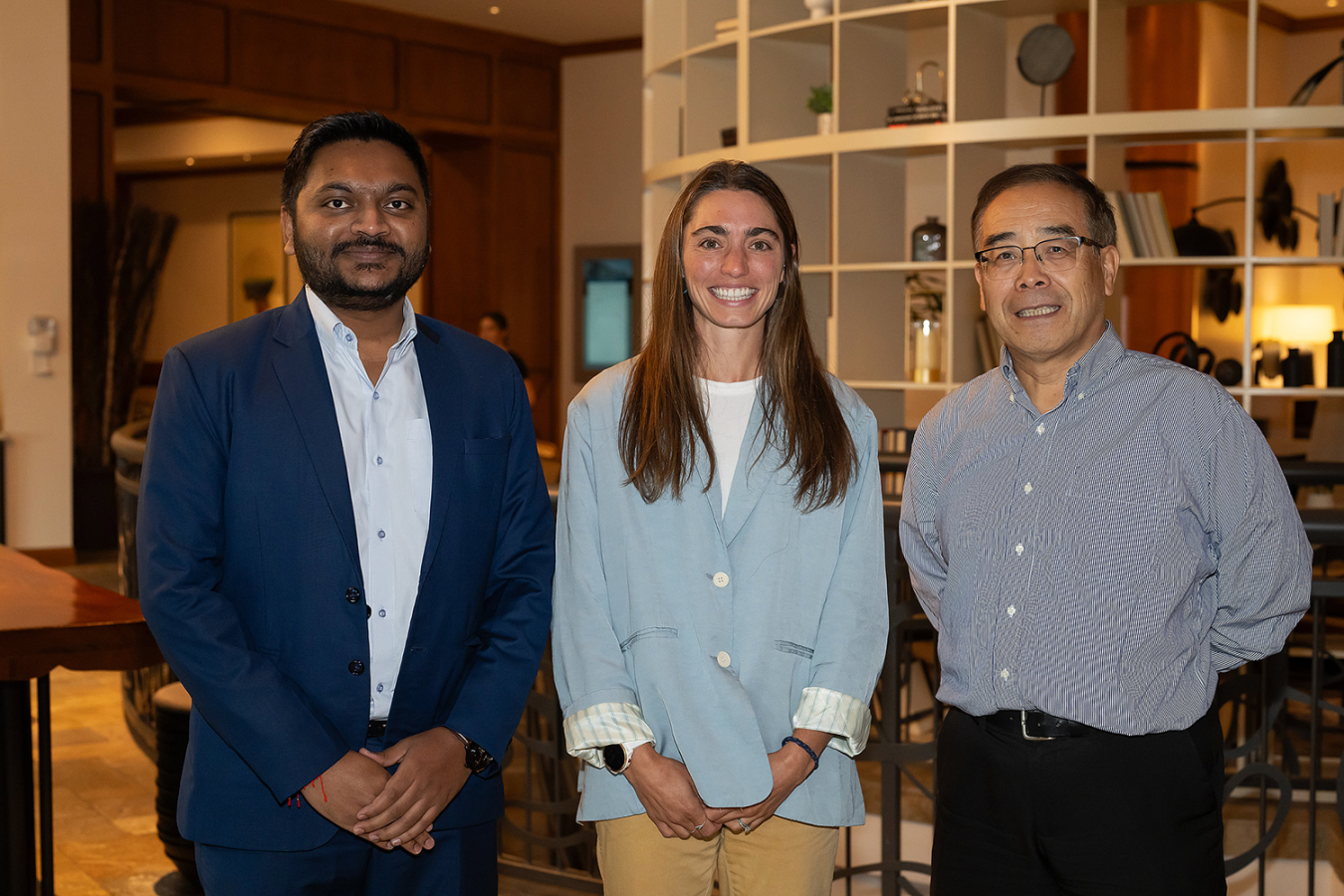 Team 257: TES.CP
Team 257: TES.CP- Principal Investigator: Zhiwen Ma
- Entrepreneurial Lead: Rebecca Barney and Munjal Purnkant Shah
- Industry Mentor: Sasha Braun
Thermal Energy Storage Commercialization Partner (TES.CP) explores market use cases and pathways to accelerate commercialization of NREL’s TES technology for inexpensive and reliable energy supply in industry, municipality, and utility applications. Providing low-cost, long-duration energy storage for broad applications, TES technology uses sand as both heat transfer and storage media with high thermal capacity, low equipment cost, and low heat loss. The TES system charges thermal energy by flowing sand through a high-temperature electric heater, stores the hot sand in an insulated container, and discharges the stored energy by flowing hot sand to heat water/steam for industry heat and/or power on demand.Funded by the Solar Energy Technologies Office.
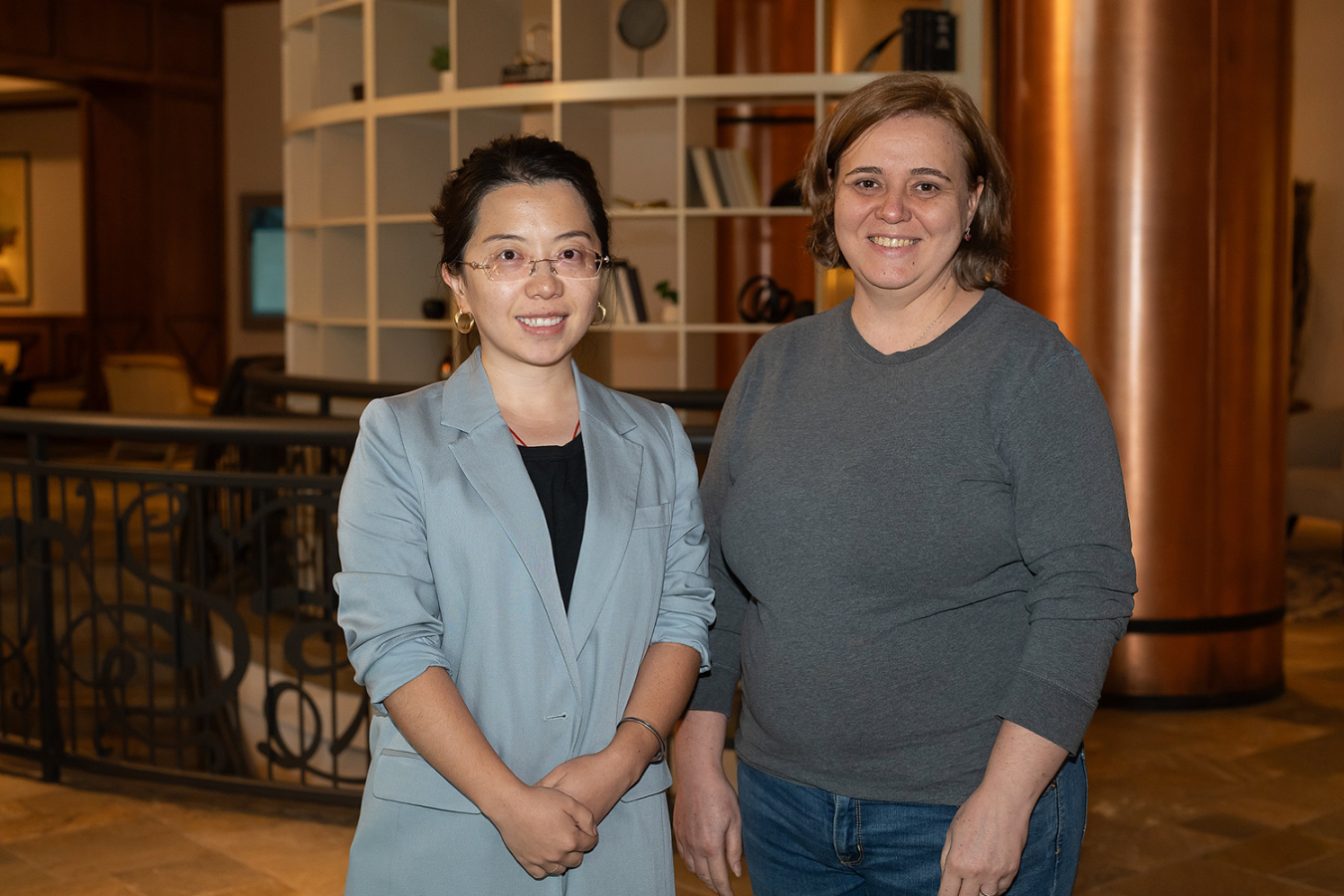 Team 258: BindAll
Team 258: BindAll- Principal Investigator: Vera Bocharova
- Entrepreneurial Lead: Muchu Zhou
- Industry Mentor: Md Arifuzzaman
BindAll offers a scalable solution for producing hot-melt adhesives (HMAs) that can bond various substrates, including metals, within minutes. The solution features low-cost, re-attachable compositions that are scalable, easy to mix, and environmentally friendly. This technology offers a practical alternative to existing HMAs on the market and can expand the HMA application to areas like metalwork, construction, building, and electronics.Funded by the Advanced Materials and Manufacturing Technologies Office.
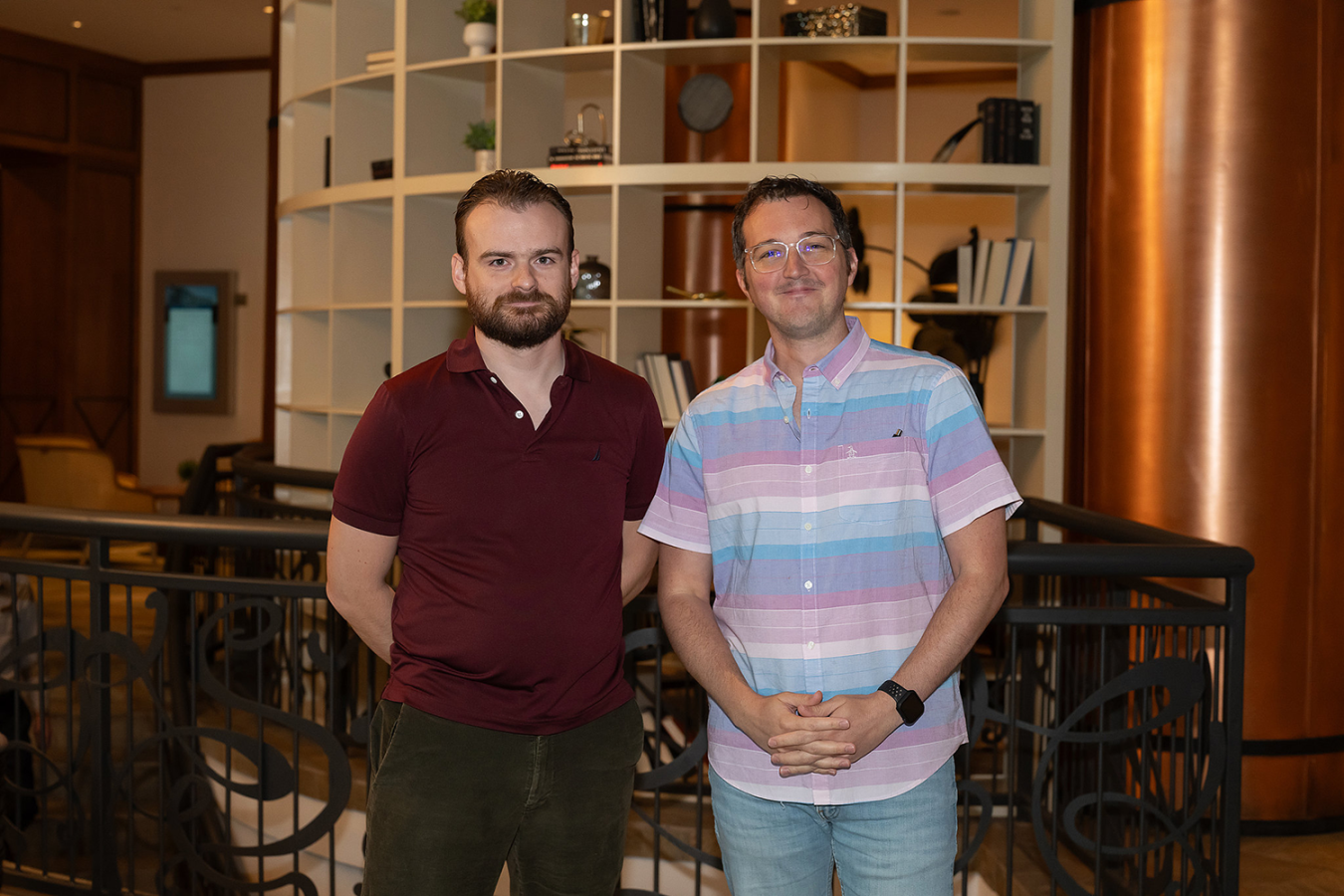 Team 259: ELLMO
Team 259: ELLMO- Principal Investigator: Douglas Cale Crowder
- Entrepreneurial Lead: Darby Smith
- Industry Mentor: Eric Nichols
Large Language Models (LLMs) have revolutionized the ways in which humans learn new information. However, LLMs also frequently “hallucinate” (the industry term for producing false information). The Expert Large Language Models via Ontologies (ELLMO) project has developed a technology that automatically detects and removes hallucinations from LLM outputs. By filtering questions through a curated fact database and checking responses for accuracy, ELLMO’s technology grounds LLM outputs in verified facts and enables safe and trusted use of LLMs in critical fields like science, medicine, and national security.Funded by the Office of Science’s Advanced Scientific Computing Research.
 Team 260: SPARC
Team 260: SPARC- Principal Investigator: Noelle Collins
- Entrepreneurial Lead: Courtney Sovinec
- Industry Mentor: Ozey Horton
The SPARC (Spatial Precision and Artifact Reduction) project is designed to revolutionize X-ray computed tomography (CT) imaging. Conventional X-ray CT systems often experience electron beam drift, leading to image artifacts that can obscure vital details and compromise accuracy. SPARC leverages engineered nanotargets to minimize this issue while improving the spatial resolution of the system, enhancing image reliability, and reducing the need for costly rescans. This technology is important for industries like aerospace, automotive, and energy production, where precise inspections of critical components are paramount for safety and reliability.Funded by the Advanced Materials and Manufacturing Technologies Office.
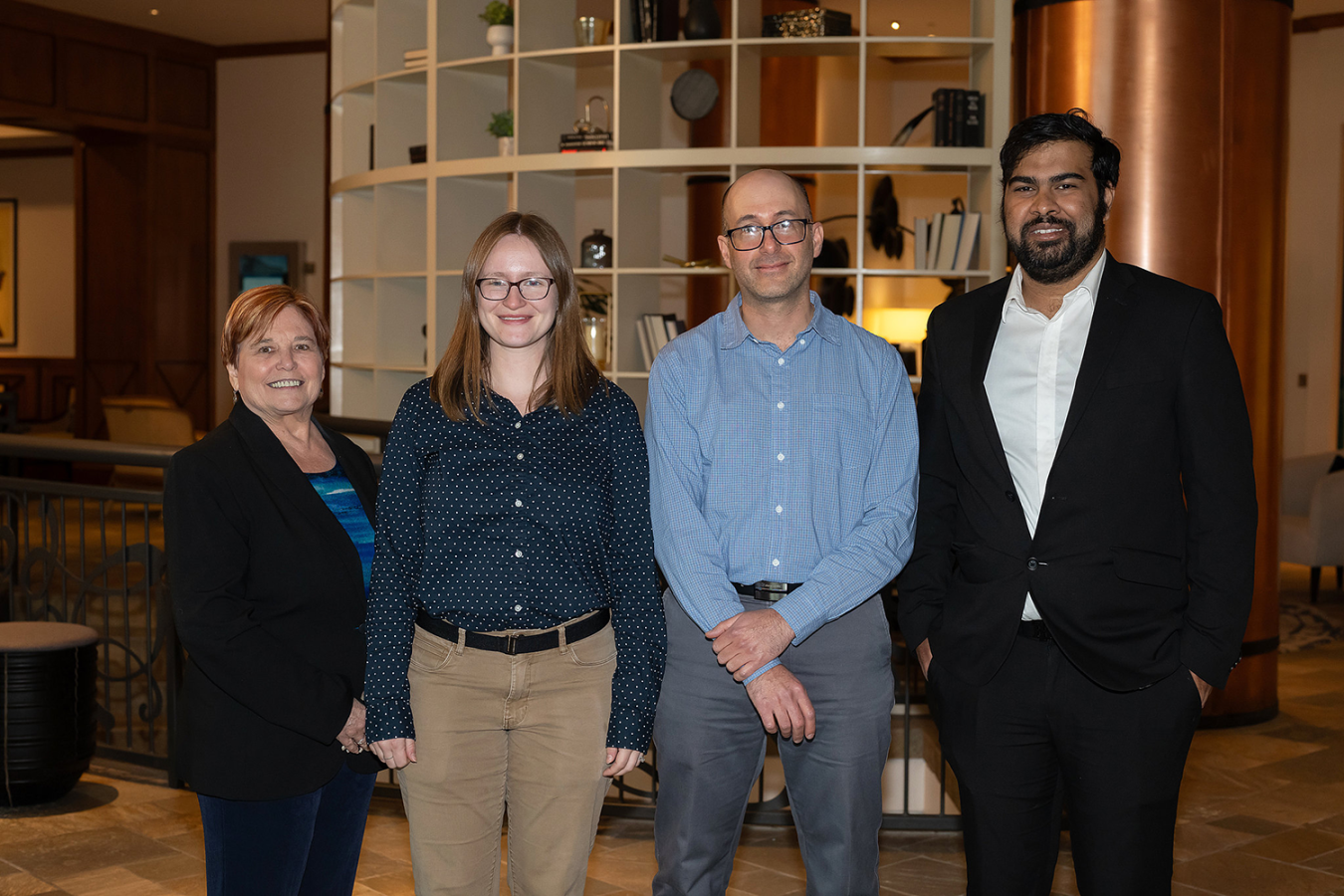 Team 261: SYRA
Team 261: SYRA- Principal Investigator: Alon Lidor
- Entrepreneurial Lead: Rhushikesh Ghotkar and Roxanne Walker
- Industry Mentor: Ellen Stechel
SYRA (Syngas Yielding via Redox Activation) is a chemical looping technology that produces high-purity synthesis gas (syngas)—a chemical precursor composed of hydrogen and carbon monoxide—that can be used to synthesize different fuels and chemicals such as jet fuel or methanol. The SYRA technology offers high-energy and feed-conversion efficiencies in mild operating conditions, a simple reactor design, different possible reactants (methane or hydrogen), and can be driven by different energy sources. This process-intensification technology significantly reduces capital and operational expenditures, thus opening new opportunities in the synthetic fuels and chemicals sector.Funded by the Solar Energy Technologies Office.
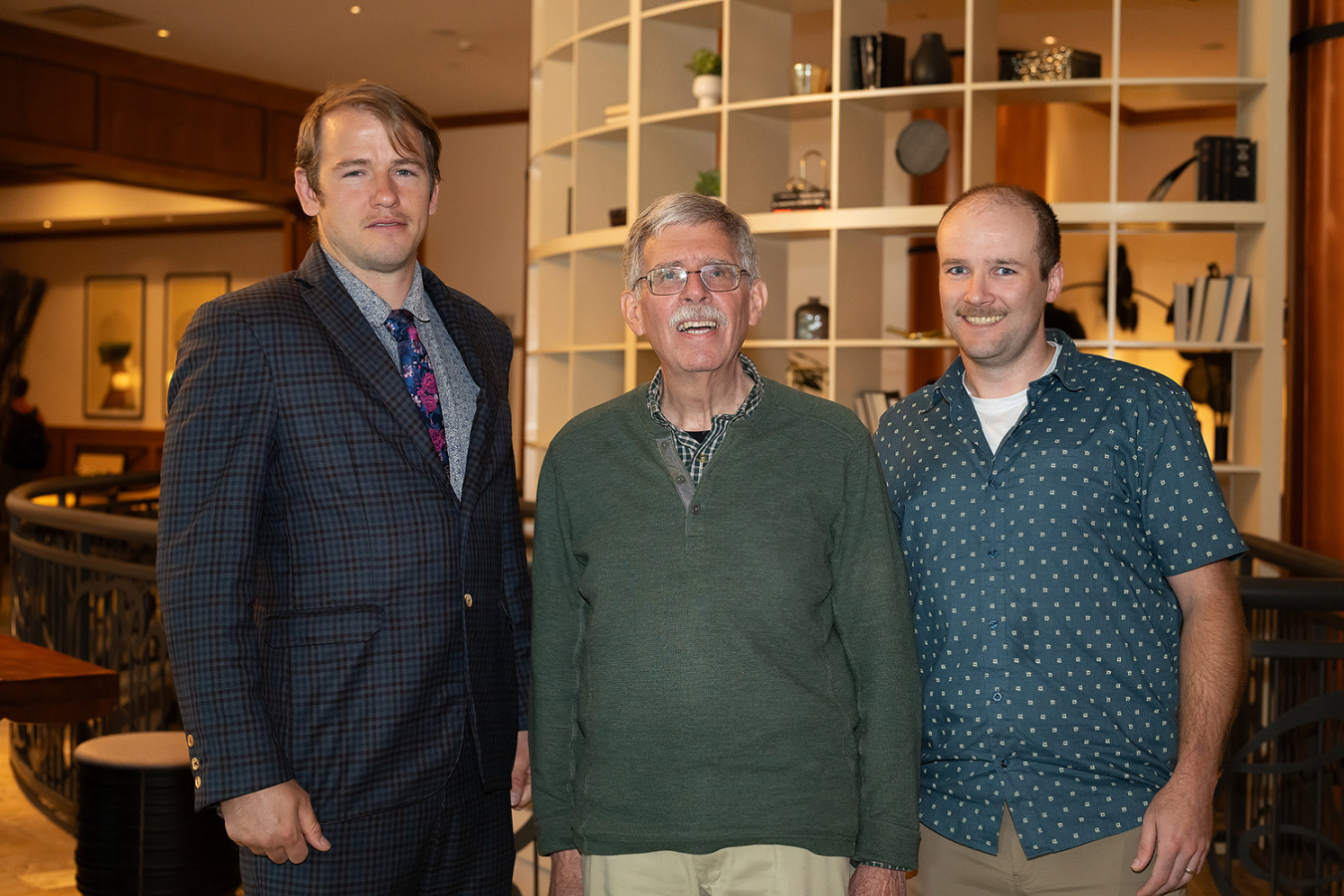 Team 262: WR-90
Team 262: WR-90- Principal Investigator: Chris Rumple
- Entrepreneurial Lead: Alex Turpin
- Industry Mentor: Tim Acker and John Lavrakas
The Waverider Radar 90 (WR-90) technology enables quality identification-data collection of aerial targets (e.g., birds or drones) in dynamic environments such as oceans. The industrial control system simultaneously orients a radar antenna toward any point in the sky and stabilizes the antenna position against external motion, like that of a floating buoy. WR-90’s compatibility with existing commercial radar magnetrons enables cost-effective integration with the customers’ radar systems.Funded by the Wind Energy Technologies Office.
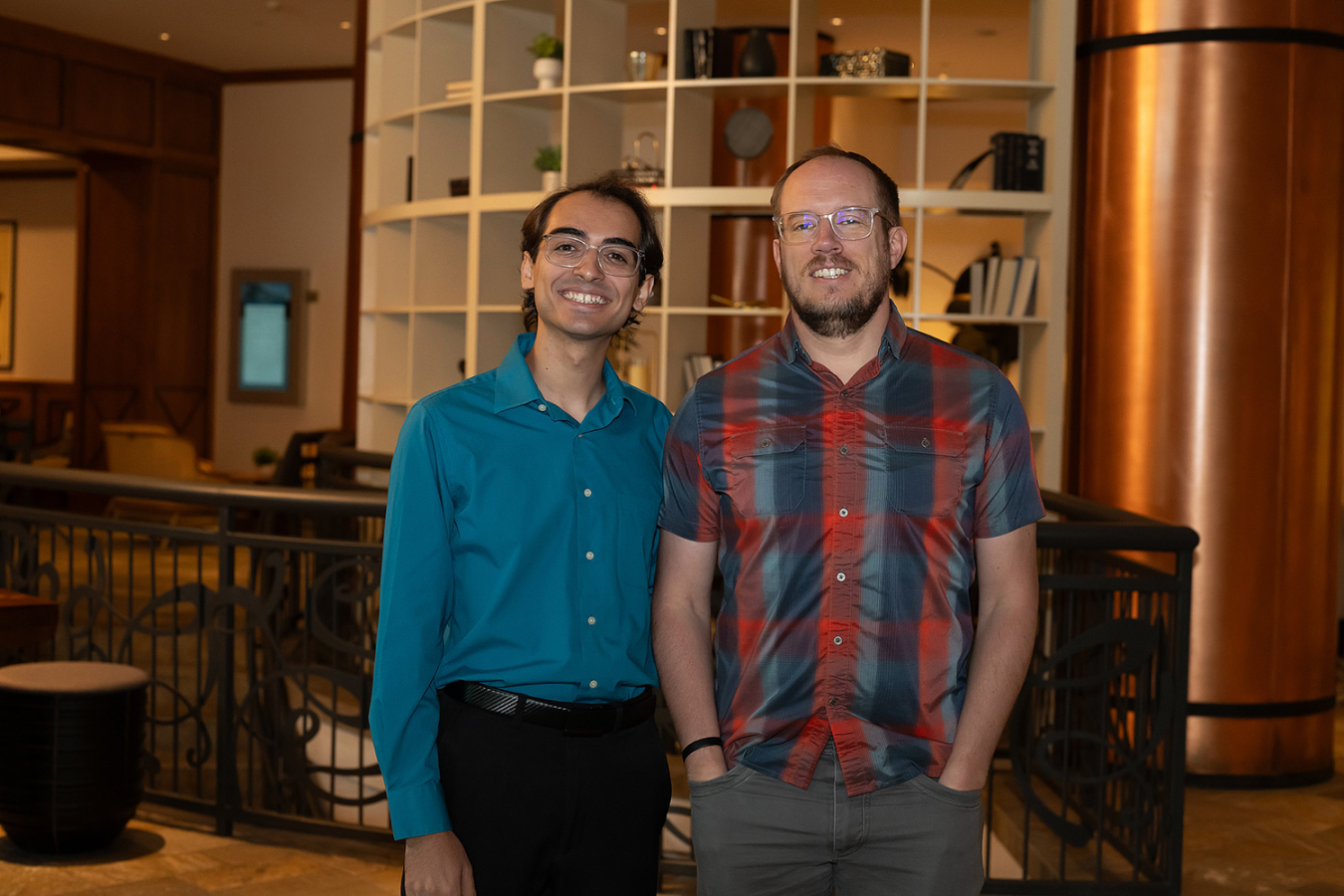 Team 263: Origami FlexWEC
Team 263: Origami FlexWEC- Principal Investigator: Blake Boren
- Entrepreneurial Lead: Stephen Chamot
- Industry Mentor: Juli Iacuaniello
The Origami Flexible Wave Energy Converters (FlexWEC) Breakwater technology is a dual-purpose system that helps protect coastlines from damaging waves while generating electricity from ocean energy. Inspired by the art of origami, the system’s foldable design adapts to changing sea conditions, folds completely for easy transport and deployment, and can adjust its ocean-surface presence to allow boats to pass as needed. Simple and adaptable, the Origami FlexWEC offers an innovative solution for coastal communities seeking protection from erosion while supplementing local electricity generation.Funded by the Water Power Technologies Office.
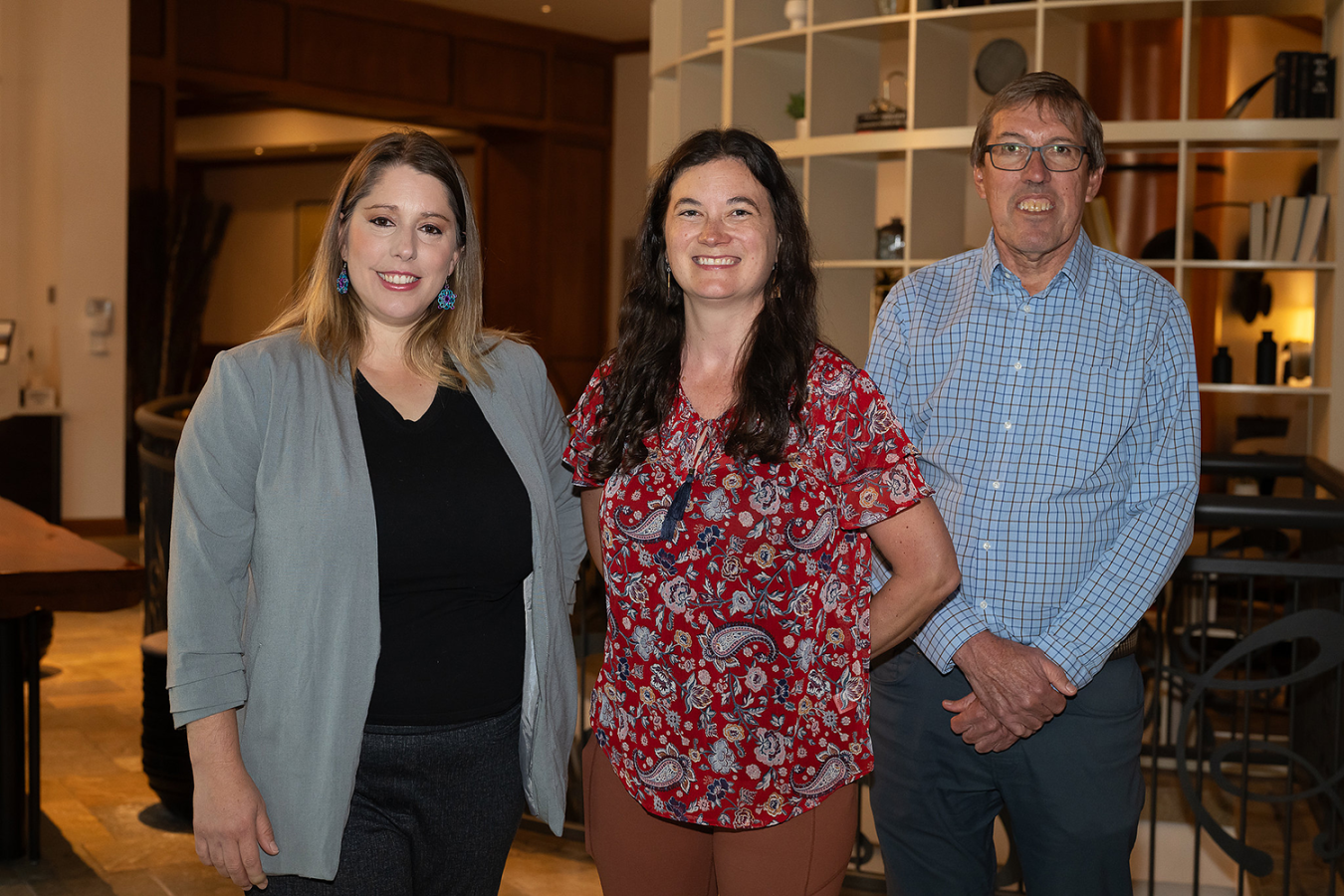 Team 264: PanelID
Team 264: PanelID- Principal Investigator: Ashley Gaulding
- Entrepreneurial Lead: Silvana Ovaitt
- Industry Mentor: Ron Sinton
PanelID is a field-deployable tool that helps identify and screen photovoltaic (PV) modules to support end-of-life decision-making. As large volumes of solar panels reach retirement, recyclers, collectors, and reuse organizations face a major challenge: identifying what type of module they have, what materials it contains, and whether it poses a toxicity risk. PanelID uses handheld X-ray florescence and custom software to identify PV module types and assess toxicity on-site. The tool enables maintenance teams, recyclers, and reuse organizations to determine material class, hazardous content, and disposal options in real time. By addressing a critical data gap in identifying toxicity, hazardous waste status, and reuse potential, PanelID supports safer, more informed decision-making.Funded by the Advanced Materials and Manufacturing Technologies Office.
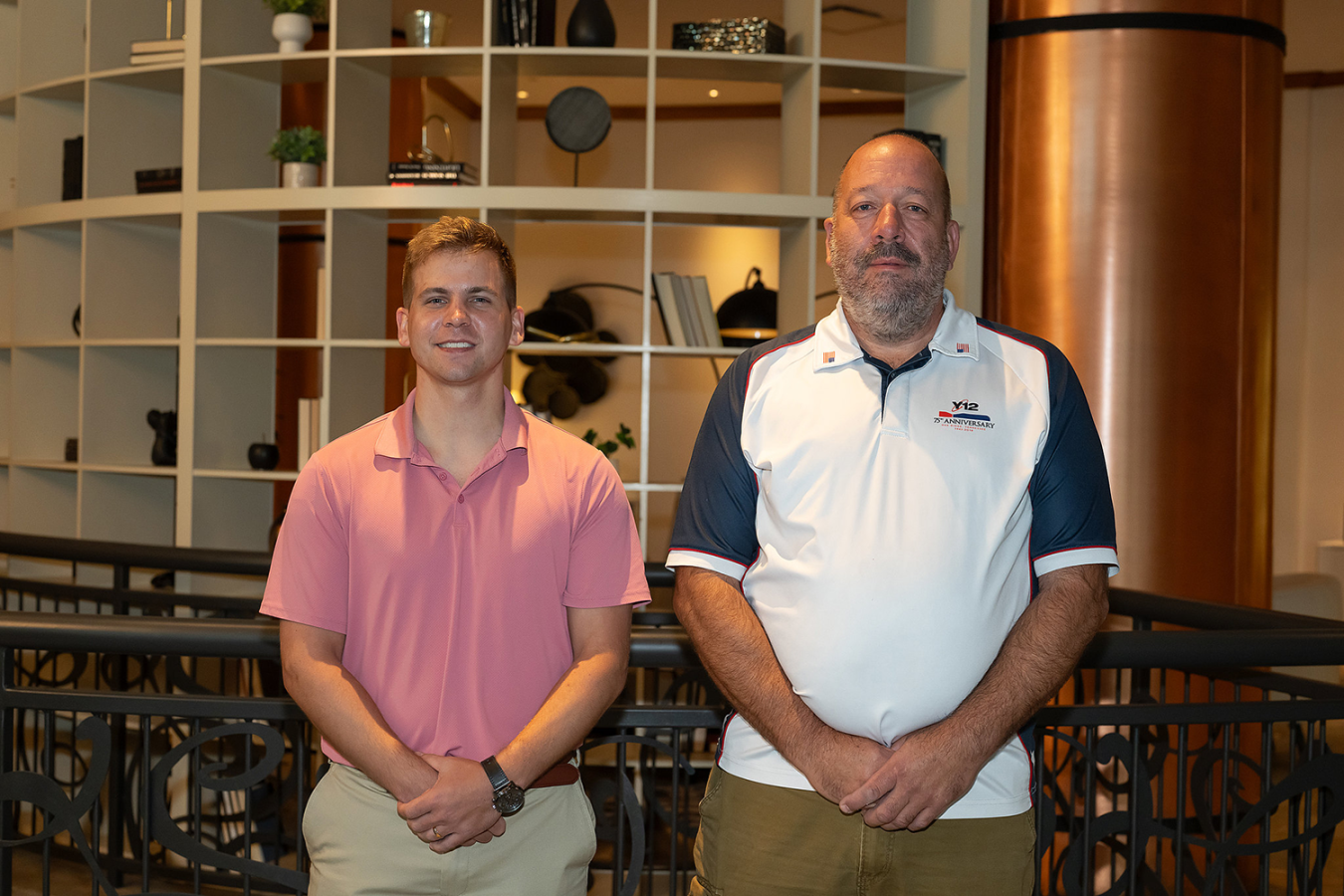 Team 265: PA&QI Tools
Team 265: PA&QI Tools- Principal Investigator: Nathan Henry
- Entrepreneurial Lead: Daniel Riddick
- Industry Mentor: Janet Weatherly
Precision, Alignment, and Quality Inspection (PA&QI) Tools provides solutions to increase radiographic resolution, save time, and lower cost for quality control facilities throughout the U.S. Aligning parts during radiography has historically been a time-consuming trial and error job. At times, multiple test radiographs are required before an acceptable part alignment can be achieved. PA&QI’s technology improves computed radiographic image clarity by applying phosphorous material directly to the tantalum plate without the use of a polymer binding agent, thereby reducing image interference.Funded by the Office of Technology Commercialization.
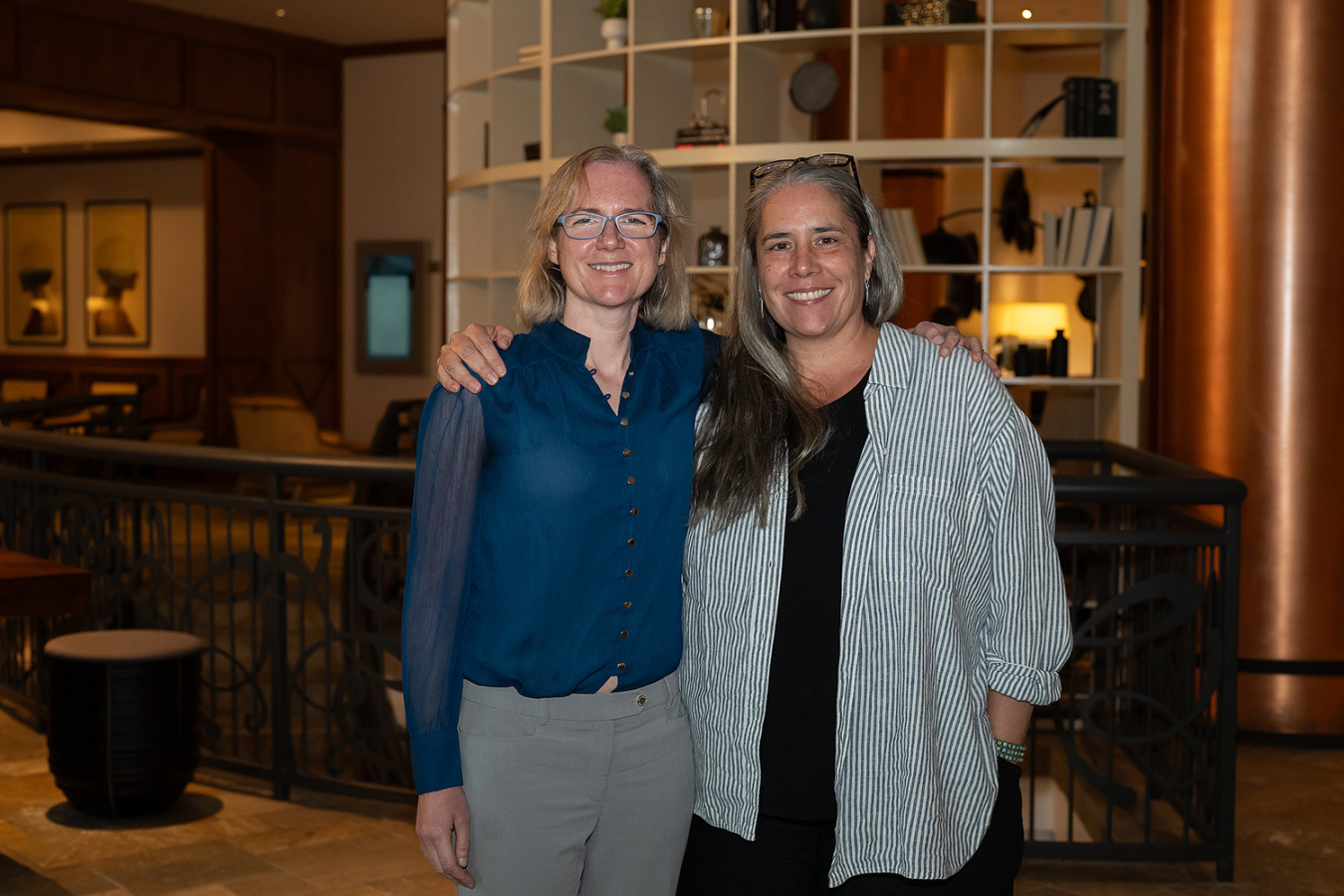 Team 266: NanoSurge
Team 266: NanoSurge- Principal Investigator: Laura Biedermann
- Entrepreneurial Lead: Jennifer Valdez
- Industry Mentor: Charles Murray
The NanoSurge arrester is an electrical grid safety device that shunts nanosecond high voltage (HV) transients to ground, providing essential protection to the electric grid. Normally-occurring nanosecond grid transients include plasma arcs generated by gas-insulated substation switching events and switchgear strikes. Unlikely transient sources include electromagnetic pulses from high-altitude nuclear detonation. New inverter-based resources, driven by power electronics, are particularly vulnerable to nanosecond transients. NanoSurge's technology utilizes novel, HV-strength granular metals to safely shunt ns-transients, augmenting the microsecond protection offered by existing lightning surge arresters.Co-funded by the Office of Electricity & Cybersecurity, Energy Security, and Emergency Response Office.
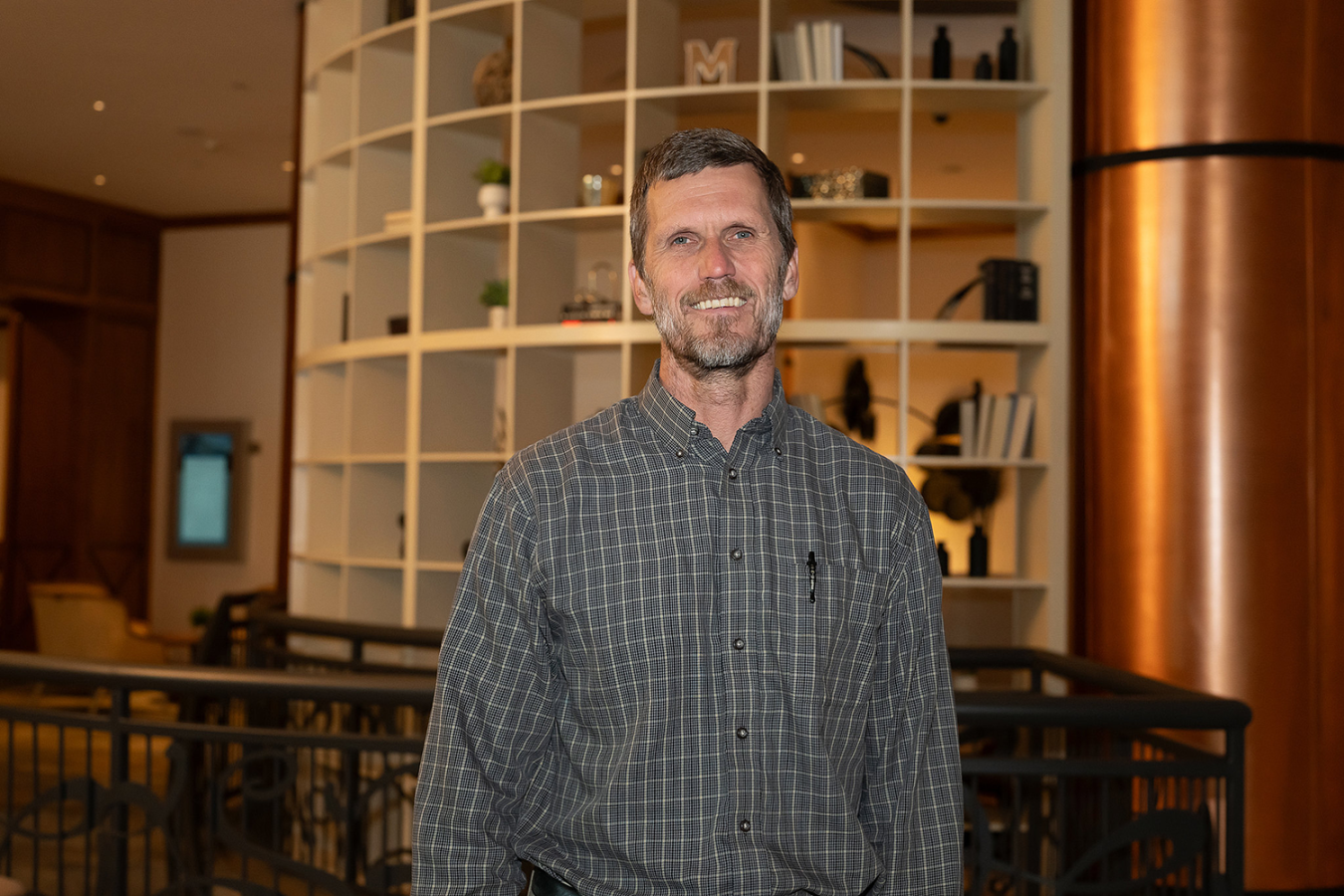 Team 267: OpDefender
Team 267: OpDefender- Principal Investigator: Briam Johnson
- Entrepreneurial Lead: Michael Giallombardo
- Industry Mentor: Ben Miron
Operational Technology Network Defense and Resilience (OpDefender) is a new system designed to enhance the cyber security of control system networks, wherein control loops are closed through a communication network. It accomplishes this by inspecting each network packet using a novel, patented method that extends software-defined networking to the application layer. This capability gives a control system operator the ability to lock down control system networks to prevent most types of cyberattacks by eliminating 90% or more of the available attack surface. A secondary benefit of the technology is its ability to increase situational awareness for the network operator by displaying and trending network traffic on a per-device basis.Funded by the Cybersecurity, Energy Security, and Emergency Response Office.
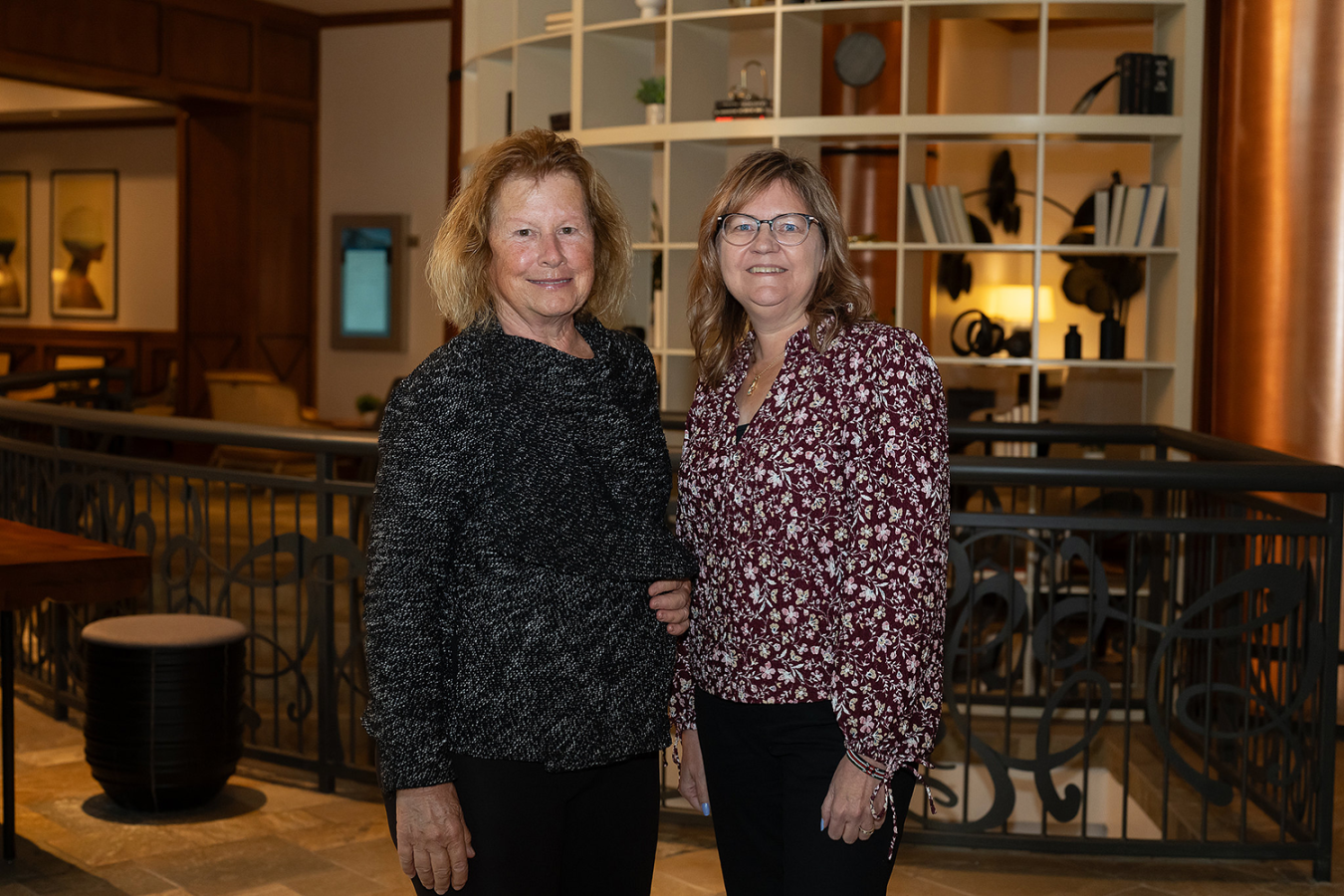 Team 268: In-Pipe Slurry Separation
Team 268: In-Pipe Slurry Separation- Principal Investigator: Debra Barnett
- Entrepreneurial Lead: Judith Bamberger
- Industry Mentor: Mike Hightower
In-Pipe Slurry Separation provides a continuous, real-time in-situ process to separate slurries–mixtures of liquids and solid particles–into flow streams concentrated and depleted of a targeted slurry component. Inserts within the pipe pressure boundary alter the flow field and are configured to separate the contents into two streams: one concentrated in a component (such as oil, particulate, specific chemical) and the other depleted of that component. Through this technology, one or more of these in-pipe separators allow continuous real-time operation instead of batch operation across many chemical and physical processes and extractive industries and remove the need for time-consuming settling tanks, centrifuges, and dead-end filtration.Funded by the Office of Fossil Energy and Carbon Management.

